One of the more physically demanding jobs for a lift truck operator is picking cases by hand, either with an orderpicker that el...
One of the more physically demanding jobs for a lift truck operator is picking cases by hand, either with an orderpicker that elevates the operator to higher rack positions, or from floor level using other lift truck types.
Manufacturers have done much to make their lift trucks more ergonomic with design features on the truck proper, but the nature of picking cases by hand calls for consideration of other technologies and best practices that contribute to improved ergonomics.
![]()
Training in ergonomic lifting is a good idea, notes David Norton, vice president of customer solutions and support at The Raymond Corp.Norton says Raymond’s virtual reality training solution for orderpicking trucks includes content on the importance of properly positioning the truck height so pick-and-place movements occur at the mid-body level to reduce the potential for strains.
“We don’t want them picking above their shoulder or below their knees,” says Norton. “We want them to be picking from that ideal ergonomic zone in which they aren’t having to bend over as far, or not having to reach as much.”
Similarly, when order picking at ground level with a pallet truck, where the operator is exiting the truck to pick and place cases onto a pallet, it’s important to reinforce good lifting ergonomics, says Norton. Training can also instruct operators on the importance of building up the order for stability of the pallet load.
Norton adds that on orderpickers, rather than picking to a pallet, more customers are opting to use special racks. These are generally known as pick carts or racks with adjustable shelves and fork pockets at the bottom, allowing the truck to secure and lift the rack as a container for picking or replenishment. These racks are appealing to some operations, says Norton, because they can allow for a handy, mid-height location for goods.
Wire-guided lift truck technology that automatically moves an orderpicker to the next pick and optimal pick height in very narrow aisle layouts can also contribute to improved ergonomics by simplifying task details for the operator. By automatically taking the truck to the next position, the operator can concentrate on aspects like pick accuracy and ergonomics.
Raymond calls this operator-assist technology Zoning and Positioning (ZaP), and while it’s not specifically touted as an ergonomics feature, it does streamline task duties and automatically places the orderpicker at the correct height for an effective, safe pick. “More and more customers are interested in zoning and positioning because of the efficiency gains it can bring, and the improvement in the operator success rate,” says Norton. “Getting to the next optimal position is one less thing they have to be focused on.”
To some extent, manual order picking will always carry some risk of strains. Truck design features and proper training in ergonomics can help, but what if sensor-based technology allowed for constant monitoring and encouragement of sound ergonomics? Small hip-worn wearables and related software from Kinetic do just that, says Craig Watkins, Kinetic’s vice president of customer success.
The sensors in the wearables give a vibration alert right after a risky movement is detected, with the alerts and data fed up a dashboard that managers use to see trends.
“The primary function of our device is as a behavior-change mechanism,” says Watkins. “Think of it as your own personal ergonomics coach that sits on your hip and buzzes you every time you perform an unsafe movement. Very quickly, usually within a week, we see a dramatic decline in the number of high-risk movements.”
Kinetic’s wearables have been deployed in multiple industries, including warehouse work by lift truck operators, says Watkins, though it can be used in any situation where repetitive lifting is part of the job, such as route delivery drivers or order picking on foot to a cart. Kinetic’s users include Frito-Lay, which has deployed the wearables among thousands of employees in 34 manufacturing and DC sites in North America.
It’s not just the haptic alert that shapes behavior, explains Watkins, but also the Cloud-based dashboarding, which allows managers to inject some gamification into which workers are seeing a sharp reduction in the frequency of unsafe movements. “We can track and chart trends for the entire company, how individual sites are doing in comparison to each other, how work groups are doing in comparison to each other, and how individuals are doing in comparison to their peers,” says Watkins.




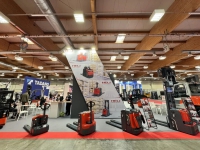
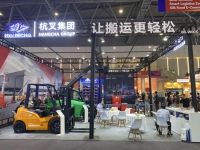

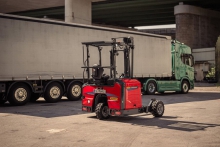

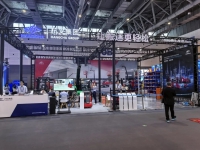
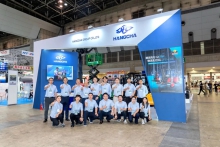
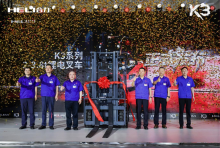
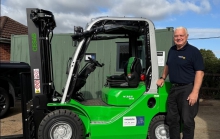
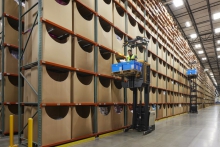


 粤公网安备 44010602003952号
粤公网安备 44010602003952号